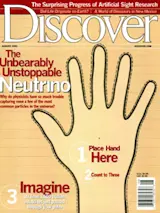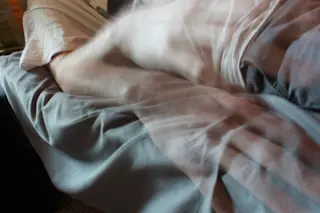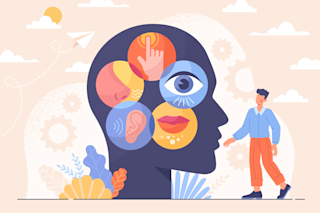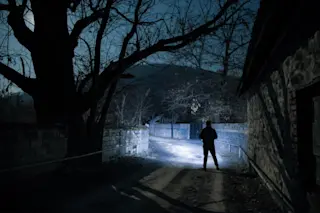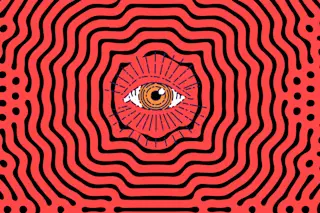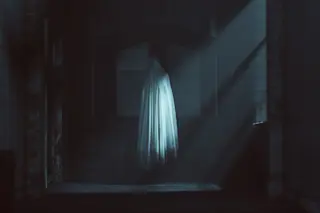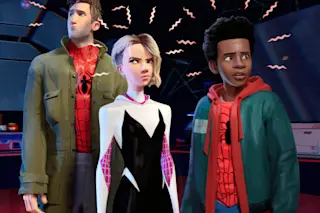I tried an experiment not long ago, an experiment that involved eyesight. The goal was to experience what it's like to be on the cutting edge of vision technology. It was a test that, fortunately or unfortunately, I am well qualified to perform. You see, back in the 1960s, when I was 4 years old, I had a terrible accident. My sister Camille and I had gotten hold of two of those old, long-necked bottles of Pepsi, capped and full of soda. Morons that we were, we began playing The Three Musketeers, fencing with the glass bottles, clacking them together like swords. A shard flew into my right eye; Camille's legs were torn up a bit (our poor parents . . .). Surgery saved my eye, but the sight I have has always been extremely poor. I can just about make out the largest letter on the Snellen visual acuity ...
Artificial Sight
Just because we don't understand how the brain interprets the messages it gets from the eye doesn't mean we can't help the blind see again
More on Discover
Stay Curious
SubscribeTo The Magazine
Save up to 40% off the cover price when you subscribe to Discover magazine.
Subscribe

